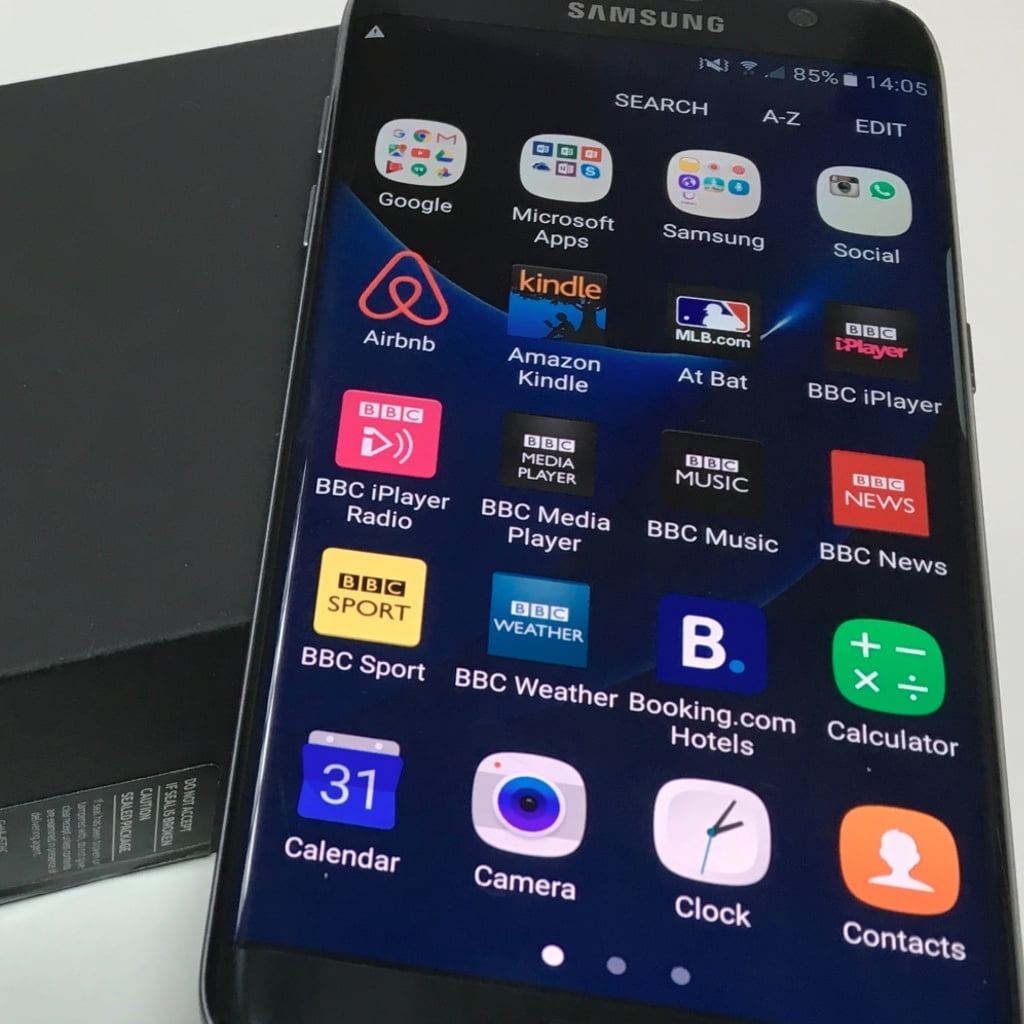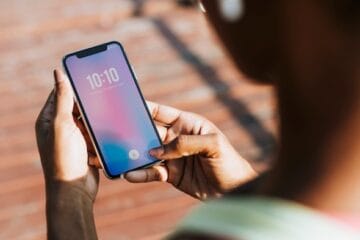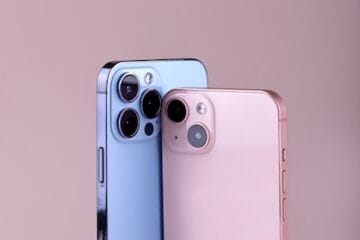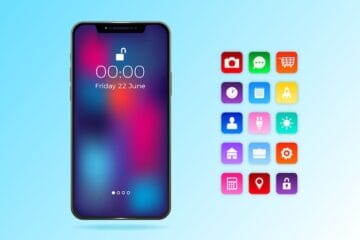Apple’s iPhone 7 will be revealed later this week, and it’s ready to take on Samsung’s Galaxy S7 family. According to data from iQuanti, search engine traffic for the iPhone 7 is substantially ahead of the volume for the Galaxy S7 in the run up to Samsung’s event earlier this year. Dig deeper into the data and you can see how Apple has claimed victory… it has targeted emotions, not specifications.

Samsung Galaxy S7 Edge (image: Ewan Spence)
As the search terms reflect the biggest interests, one of the smallest touches that the geekerati will likely gloss over is cosmetic. After the pure ‘iPhone 7′ term, up next is ‘iPhone 7 Color’. The availability of the iPhone 7 in a new colour (likely to be a choice of black finishes, rather than deep blue predicted earlier this year) will have no impact at all on the performance, the functionality, or the capability of the new handsets, but has obviously captured the public’s attention.
I wonder if Apple has enough of the new color in the supply chain, or if there’s going to be a useful ‘sold out’ flag going up against the colorful model just after pre-orders open on this Friday?
With the appearance of a dual-lens camera expected, finding out more about the optics is second on the list with ‘iPhone 7 Camera’. Although direct and close comparisons of images from the competition put the iPhone further down the quality ratings than Cupertino would like, it still outshoots every low- and mid-range handset on the market.
Lurking in third is a term that illustrates a danger for Apple. The people searching for ‘iPhone 7 Wireless Charging’ are likely gong to be disappointed with the lack of charging options on new handsets. In fact anyone looking for new technology may struggle with this iteration of the iOS-powered smartphone with much of Apple’s innovation being held back for the iPhone 8 in 2017.
The rest of the list highlighted a hunger for information about the battery (likely providing the same endurance as the iPhone 6S), the display and screen sizes (again no change from last year’s model) and the iPhone 7 design (yes, you’ve guessed it, no change).
Looking through those words and it’s clear that the iPhone 7 is attracting a crowd that is drawn towards design, style and ease of use. People are looking for a device with a certain elegance and simplicity. that doesn’t mean they are looking for simple as in basic, it is about simple in terms of use. The classic “It just works” phrasing of Steve Jobs is still evident.

Steve Jobs (Ben Stanfield / Flickr creative commons) www.flickr.com/photos/acaben/541321286
Curiously, that stands in contrast to the information that people were looking for in the run up to the Samsung Galaxy S7. Search terms in the similar period before launch showed a hunger for more practical features in the top search terms, including ‘Galaxy S7 Processor’ and ‘Galaxy S7 Storage’. Although touchstones of camera and display were common terms on both lists, the Galaxy S7 attracted more people searching for the big numbers and hardware statistics. In short the Galaxy S7 projected an air of power and supremacy.
While the Android market has leaned heavily on a bigger is better approach in terms of hardware specifications to mark out flagship devices to consumers, Apple has always put a focus on accessibility and usability. While its custom chips have kept pace with the likes of Qualcomm’s SnapDragon and Samsung’s Exynos System on Chip, beyond a ridiculously big number in the presentation Apple rarely leans on numbers to sell the hardware, as the keywords show.
By sidestepping the numbers game, Apple can rely on using more emotional and evocative language to sell the iPhone. With the iPhone 7 expected to offer little in the way of ‘gee-whiz’ updates, relying on emotion might be one of the masterstrokes of Tim Cook’s upcoming presentation.
[Source:-FORBES]




